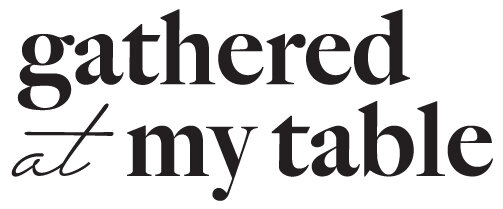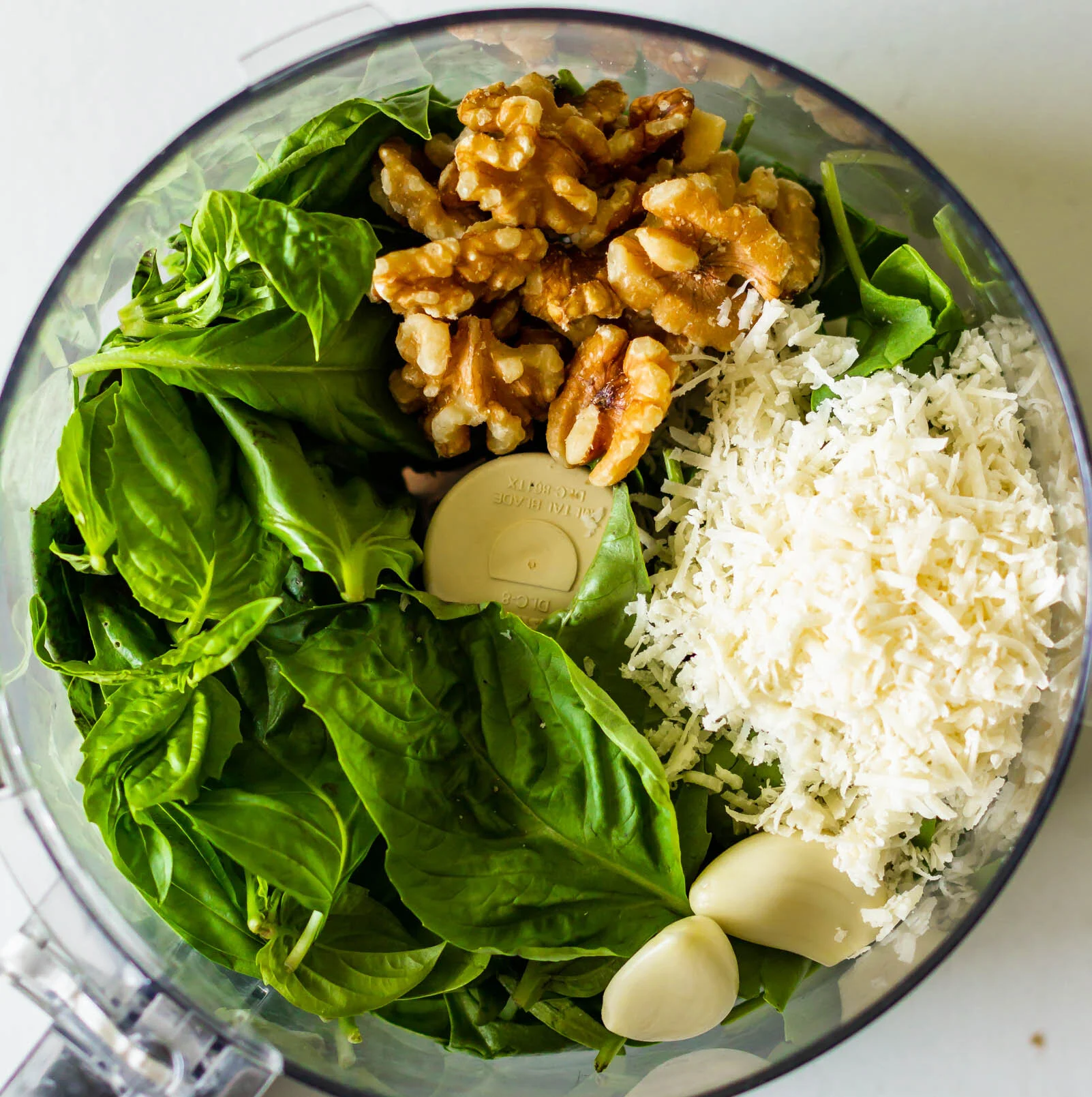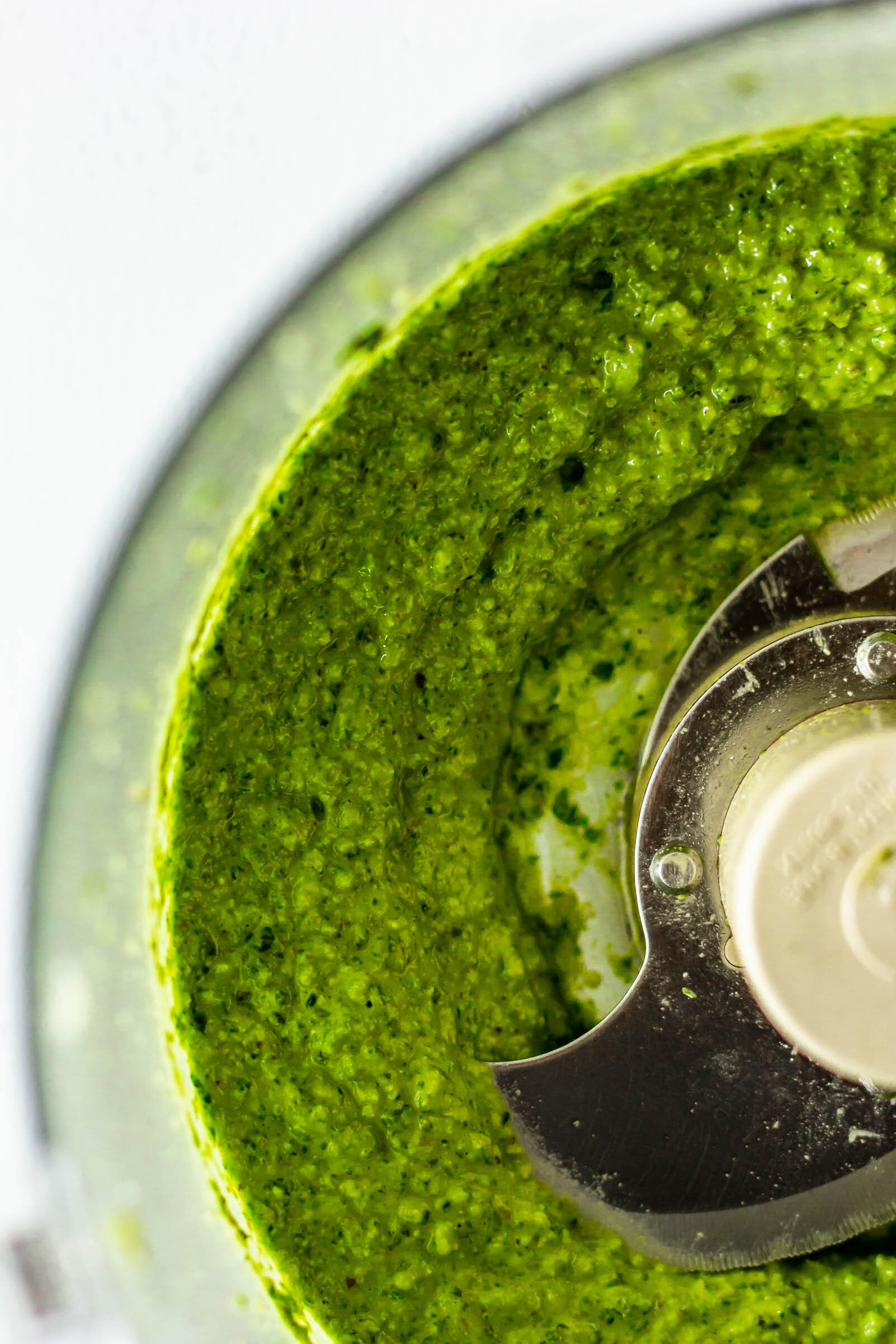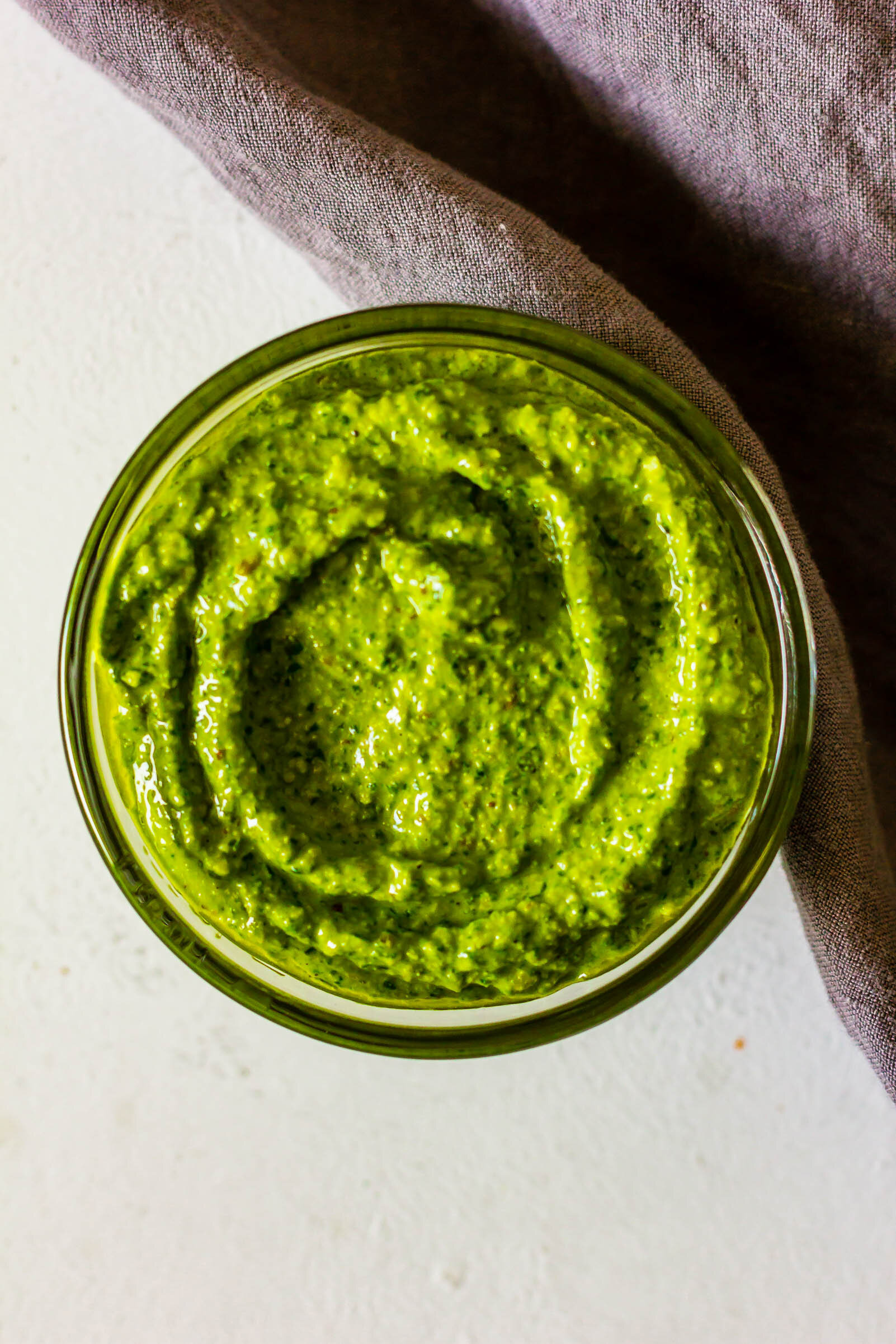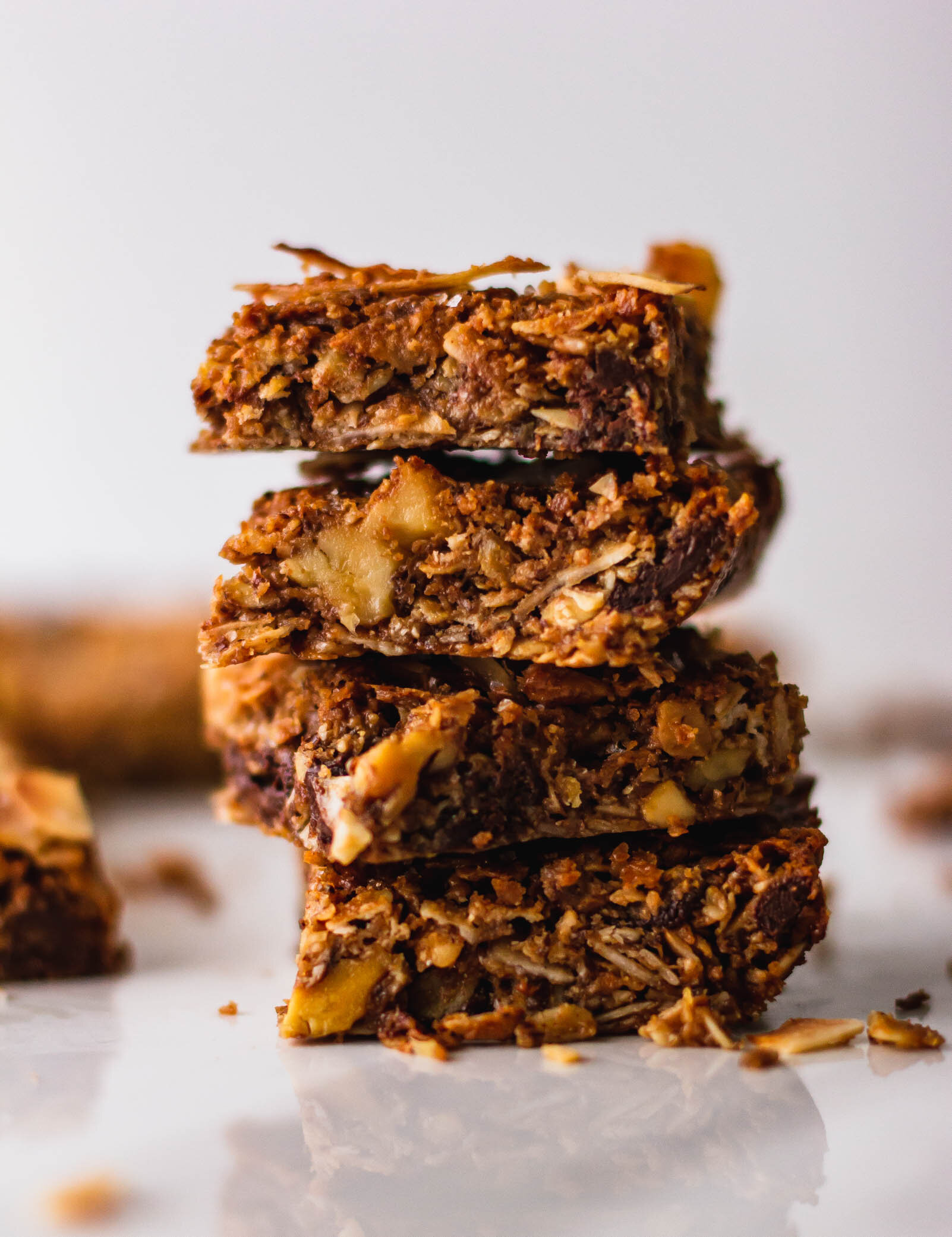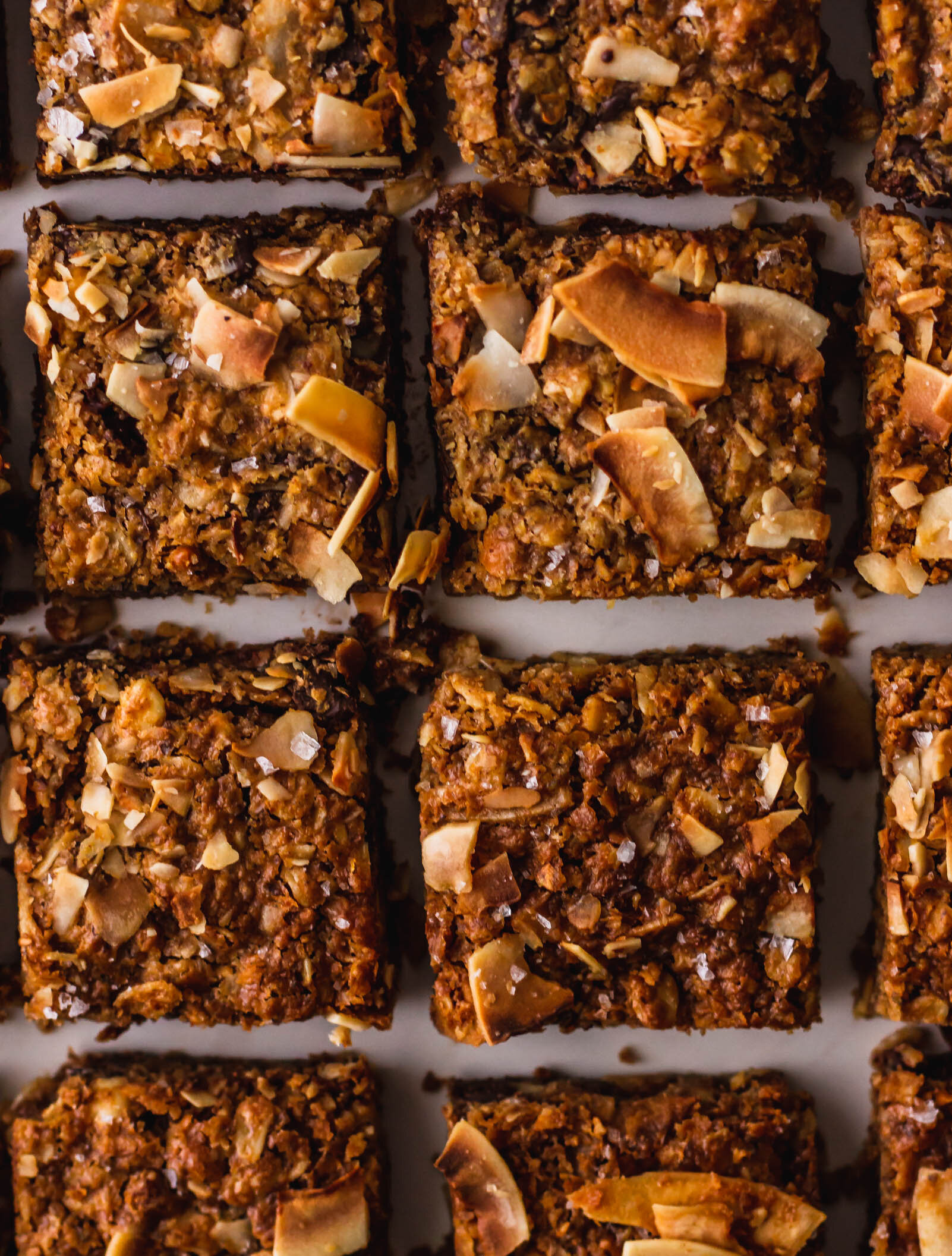Saffron and Dulce de Leche Shortbread Cookies
/In 11th grade, my Spanish teacher would bring little dulce de leche cookies to class on Fridays. They were a generic brand with a purple design splashed on the wrapping and they were reminiscent of fudge stripes, but with dulce de leche in place of chocolate. The entire class eagerly looked forward to those Fridays, when Señora Batista would pull a flimsy plastic tray from inside a desk drawer and rows of cookies, lined up like little soldiers, made their way around the classroom. I haven’t had a dulce de leche cookie like that since the day of my Spanish final, and no amount of googling has led me to those cookies, but its okay because I made my own.
Remember back in January when I set some New Year’s goals for my kitchen? I challenged myself to develop a new cookie recipe every month in 2020 and in an effort to branch out, we decided to play with shortbread cookies this month. This is a very basic shortbread cookie dough, with saffron that I brought back from Barcelona for a little bit of a licorice flavor. (If you don’t have saffron or don’t really like it, feel free to leave it out, but I liked the elegance it brought to an otherwise ordinary cookie base.) The dough is rolled out, chilled, and baked and then dunked/drizzled/dipped in dulce de leche. They are a bit more elevated than those cookies from my high school memories and feel a bit more adult. I love them.
On making dulce de leche
If you’ve never made dulce de leche at home before, today is a great day to try it out. It’s a pretty easy process and homemade dulce de leche is a welcome addition to almost any dessert. This recipe will make far more dulce de leche than you need for the cookies, so transfer it to a deli container or glass jar and keep it in your fridge for drizzling on ice cream. (or use the leftovers to make this Russian honey cake!)
All you need is a can of sweetened condensed milk and a pot a water. Easy peasy. A few things to remember, though. Make sure to remove the paper label from the outside of the can before you start simmering it and let the can cool COMPLETELY (like for a few hours at minimum) before you open it. If it’s too hot, the pressure will cause the can to explode and that would be dangerous and messy.
Saffron and Dulce de Leche Shortbread Cookies
Yield: about 24 cookies
shortbread recipe adapted from Alison Roman
Ingredients
for the shortbread cookies
1 cup + 2 T unsalted butter (2 1/4 sticks), cold and cubed
1/2 cup (100 g) granulated sugar
1/4 cup (50 g) light brown sugar
1 tsp vanilla extract
1 tsp saffron threads
1/2 tsp orange zest
2 cups (285 g) all purpose flour
1 tsp kosher salt
for the dulce de leche
1- 14 oz can sweetened condensed milk
Procedure
to make the dulce de leche:
Fill a large pot with water and set over medium heat. Remove the label from the can of sweetened condensed milk and set the can into the pot of water. Add more water, if needed, until the can is completely submerged.
Bring water to a slow boil, then decrease the heat. Simmer for two hours, adding more water as needed to ensure that the can remains completely submerged.
After two hours of simmering, carefully remove can from the pot and set on a kitchen towel. Let the can cool completely. (This is so important because if you open it while its still hot, it can explode so be very careful!)
When the can is completely cool, open it and transfer dulce de leche to a sealed container. It will keep in the refrigerator up to a week, simply pop it in the microwave for 30 seconds or so to loosen it before use.
to make the shortbread:
Put butter in the bowl of a stand mixer fitted with the paddle attachment and beat for 30 seconds to a minute to soften. Scrape down the sides of the bowl, add sugar, brown sugar, vanilla extract, orange zest, and saffron threads. Beat on medium-high speed for 2-4 minutes, until the mixture is light and fluffy. Scrape down the sides of the bowl again.
With the mixer on low speed, gradually add the flour and salt and mix until just combined.
Turn the dough out onto a well-floured work surface and pat gently to form a rectangular block. Wrap the dough in plastic wrap and refrigerate for at least an hour, preferably overnight.
After chilling, remove dough from the refrigerator and let rest on the counter for 30 minutes. Unwrap, and place on a well-floured work surface. Roll the dough out until it reaches 1/4” in thickness. Use a round cookie cutter or the rim of a drinking glass to punch out cookies and place them on a parchment-lined baking sheet. Transfer cookies to the freezer while the oven preheats.
Preheat the oven to 350°F. When the oven is ready, remove cookies from the freezer and bake for 10 minutes, rotating the pan halfway through the baking time. When the cookies are golden brown on the edges, remove from the oven and allow to cool completely on the pan. Transfer to a cooling rack.
While the cookies are cooling, prepare the dulce de leche. If chilled, reheat in the microwave in 30-second intervals until the dulce de leche is loosened, liquid consistency, and at room temperature.
Dip each cookie into the dulce de leche or transfer dulce de leche to a piping bag and drizzle over each cookie. Place cookies on a piece of parchment paper to set and then enjoy!
more recipes like this
fig butter and blue cheese rugelach
russian honey cake
espresso chiffon layer cake with salted caramel and ganache buttercream
